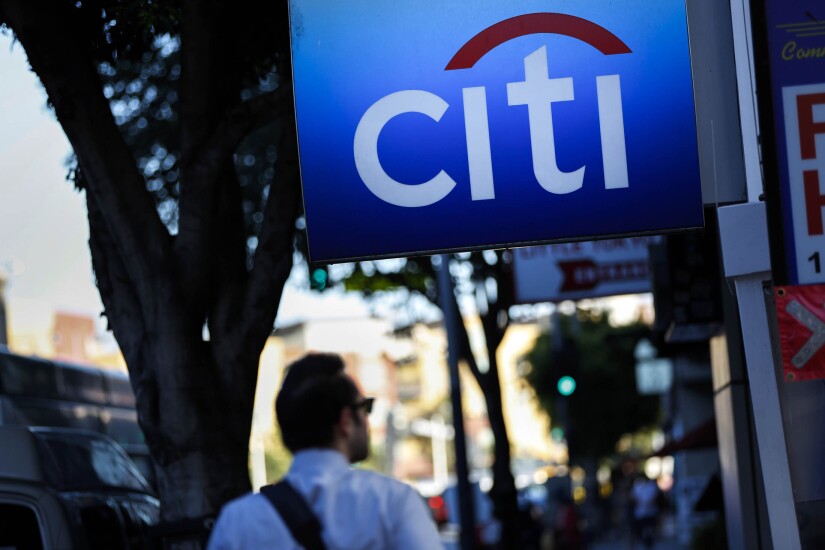The strength of U.S. household finances proved vital to preventing the U.S. economy from falling into the recession that many in the banking industry had predicted for 2023. Now executives at the country's four largest banks say they expect consumers' financial resilience to hold up for much of next year.
The bankers' comments, which are supported by early forecasts for consumer spending in 2024, indicate that consumers could once again help the economy avoid a worst-case recession scenario.
"The story for '24 in consumer will look a little bit like the story for '23 unless something changes," Marianne Lake, co-head of JPMorgan Chase's consumer and community banking segment, said at an industry conference earlier this month.
The spending habits and overall financial health of consumers reported by bank executives this month are decidedly more positive than leaders at the same large banks had predicted for 2023. Twelve months ago, bank CEOs were preparing for a recession and a decline in consumer spending. Both have yet to materialize.
America's largest banks have a unique and near real-time understanding of the financial health of U.S. consumers, thanks to their central roles as lenders and direct deposit recipients for tens of millions of consumers nationwide.
Here is a closer look at how leaders at the country's banking giants see the health of U.S. consumers heading into 2024.









